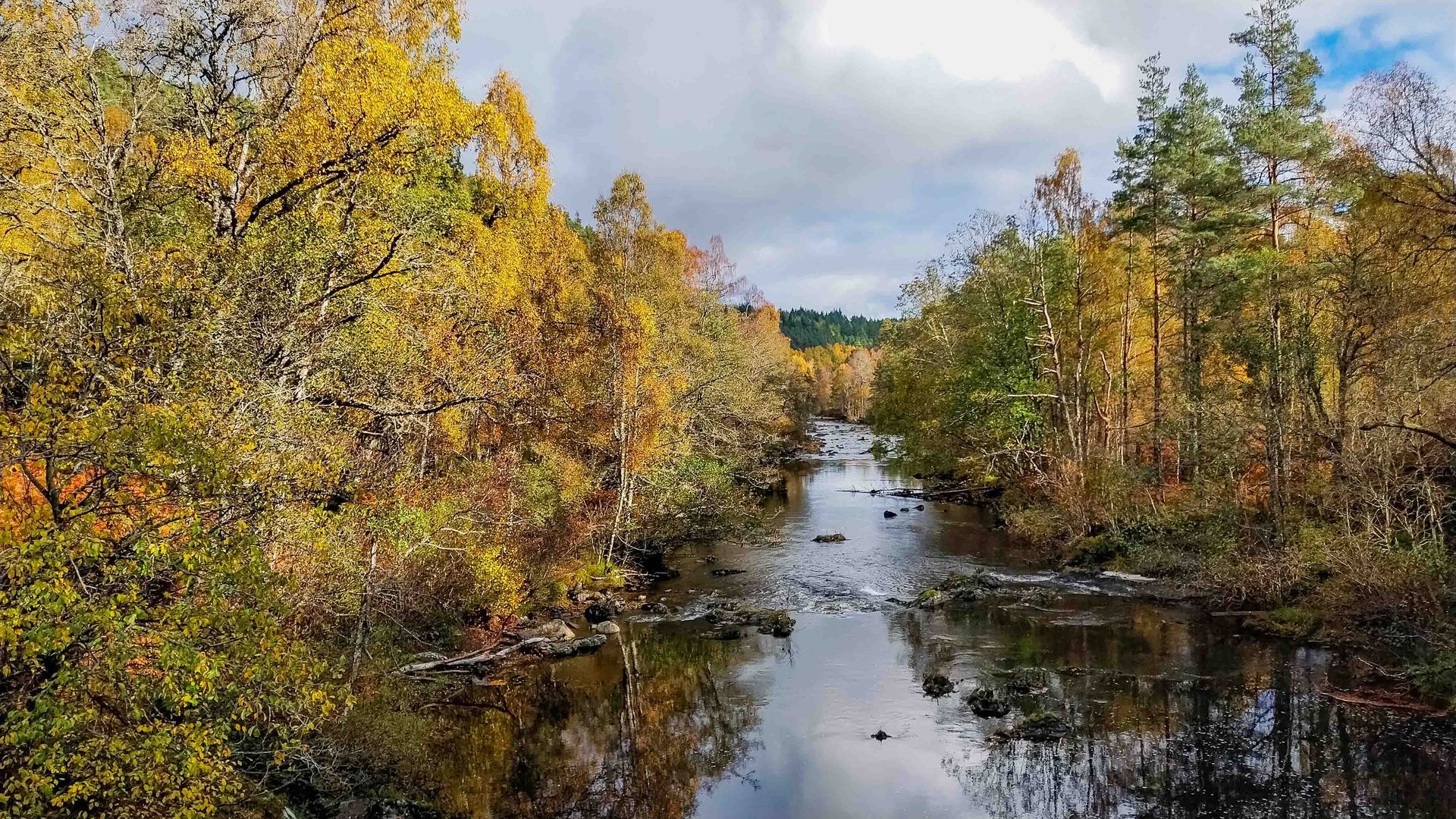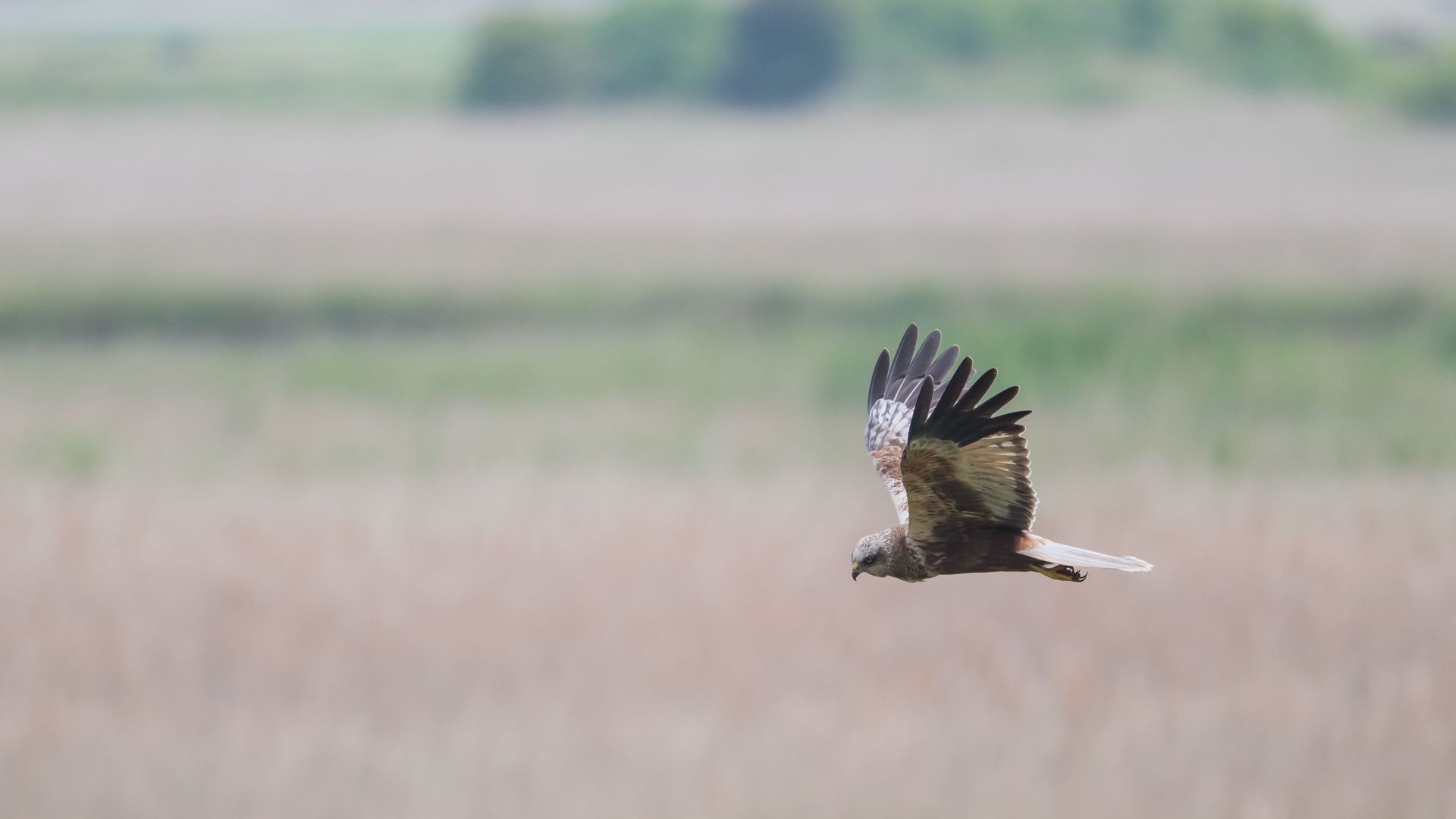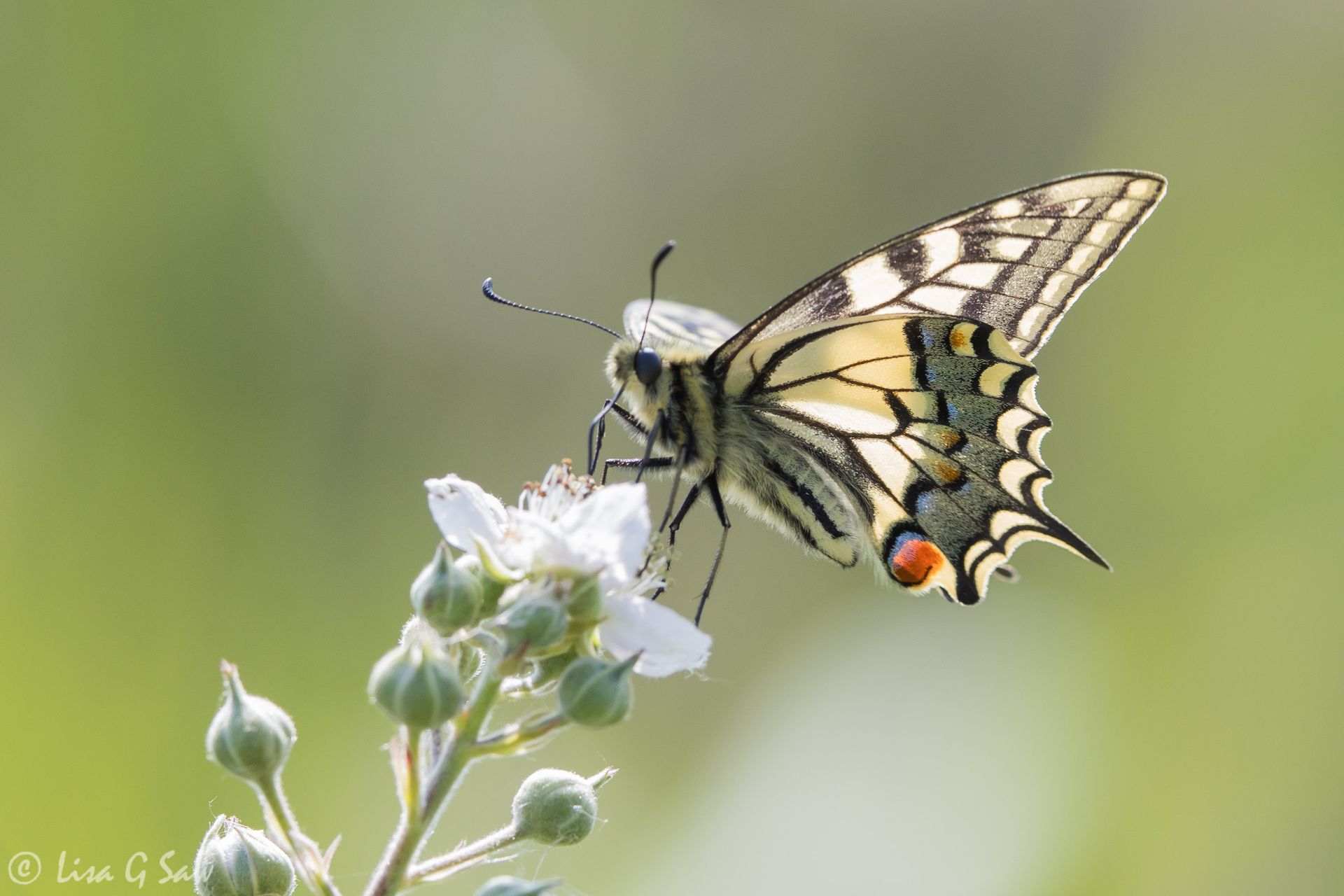Banded Demoiselles
We sit down on the riverbank in the late afternoon sunshine to relax and enjoy a few quiet moments in the warmth. Summer has arrived! I’m so happy and content, having had a wonderful day out. Bob and I have been in our element, photographing dragonflies and damselflies on the water, relishing all the other unexpected surprises that nature had in stall for us today.
The timing of our mindfulness moment isn’t great. The peacefulness and serenity is disturbed. Within seconds, I can hear youthful squeals of excitement as a family approaches. There’s also the unmistakeable sound of a dog splashing in water. Suddenly it appears, from behind a tree, swimming with a long stick in its mouth – a German Shepherd. It promptly scrambles up the bank right beside us, soaked, dripping with water. It’s rather too close for comfort - dangerously close to our cameras. I’m well aware of the inevitable body shake that’s coming. Thank goodness it moves further away from us first. After a few brief polite exchanges, the family pass by and soon their voices fade into the distance. Ah! The peace! It's blissful!
The welcome breeze cools my face as my eyes peruse the river. It's creating gentle ripples in the water. But, nearer the side it's still, shielded by the vegetation. Serene and calm. From the murky depths of the chocolate coloured river, some reeds are growing. Near the surface, where the water is clearer, I can see them gently moving with the current, like floating thick strands of hair. A few blades poke up into the air, swaying gently, bending in the breeze. I feel the calm wash over me as I watch how they move.
Delicately perched on one reed is a gorgeous male Banded Demoiselle with its wings closed together. The metallic green colour of its body shines gloriously in the sun. The band of dark green near the end of its clear wings stands out beautifully too. These damselflies are unmistakable. Stunning.
It's not the only one in view. I can see about a dozen all spread out, resting on different reeds. Some are slightly more metallic blue than green. They're less mature. It’s good to see a healthy population of the Banded Demoiselles here, though a week ago I recall how the river was teeming with them. There had to be well over a hundred flying around. I'd never seen so many before in one short stretch of river. At one time, I even saw five males all resting on a single reed.
The moments of calm, when all the Banded Demoiselles are resting, are interrupted by sudden bursts of movement. It only takes one male to take to the wing and then suddenly, all the others nearby, launch up and join the fray. They're defending their tiny patch of the river. These territorial displays happen frequently. The mass of fluttering banded wings is mesmerising to watch as they all quickly dart around, barely a foot above the water. Then, just as abruptly, they all fly off in different directions to their own favoured reed and settle once more. All seems peaceful again, for a few brief glorious moments.
The males are alert and scoping the scene for females they can mate with. It’s not surprising, since they only live in this adult form for up to two weeks. There isn’t time to waste. Reproduction is the number one priority – for the females too. I see one fly by, fleetingly. The golden green coloured abdomen is distinct. There’s also a trail of males following her in hot pursuit. They quickly disappear out of sight beyond the tall reeds growing at the edge of the river. I don’t see which is the successful male. It looks like it isn’t one of my dozen as they’re all back on their perches once more.
Earlier in the day, I’d seen a few pairs flying in tandem. It sometimes looks like the female is unwillingly being dragged along by the male. His abdomen is attached to her just behind the eyes. It doesn’t look comfortable. It's only when they settle, on a reed or leaf, that she curls under and attaches herself to his abdomen and the mating wheel is created. I recall seeing it several times last weekend. It was my first time for this species, so it was pretty special.
My attention has been so focused on watching the Banded Demoiselles, I scarcely noticed the birds singing around us or any of their activity. Suddenly, a Swallow appears flying low and fast along the river. It takes my breath away as I watch it skim the surface with its beak wide open, right in front of us. In a flash, it’s up and away again. I smile. It’s incredible how they drink water on the move like that. Wonderful! What a treat!
Water is such an amazing thing. Not only is it vital to support life, but the sound and movement of it soothes the soul. So too does the sight of life on and around the river. I feel so at peace when I have the opportunity to connect with nature and feel a part of something much bigger than myself.



